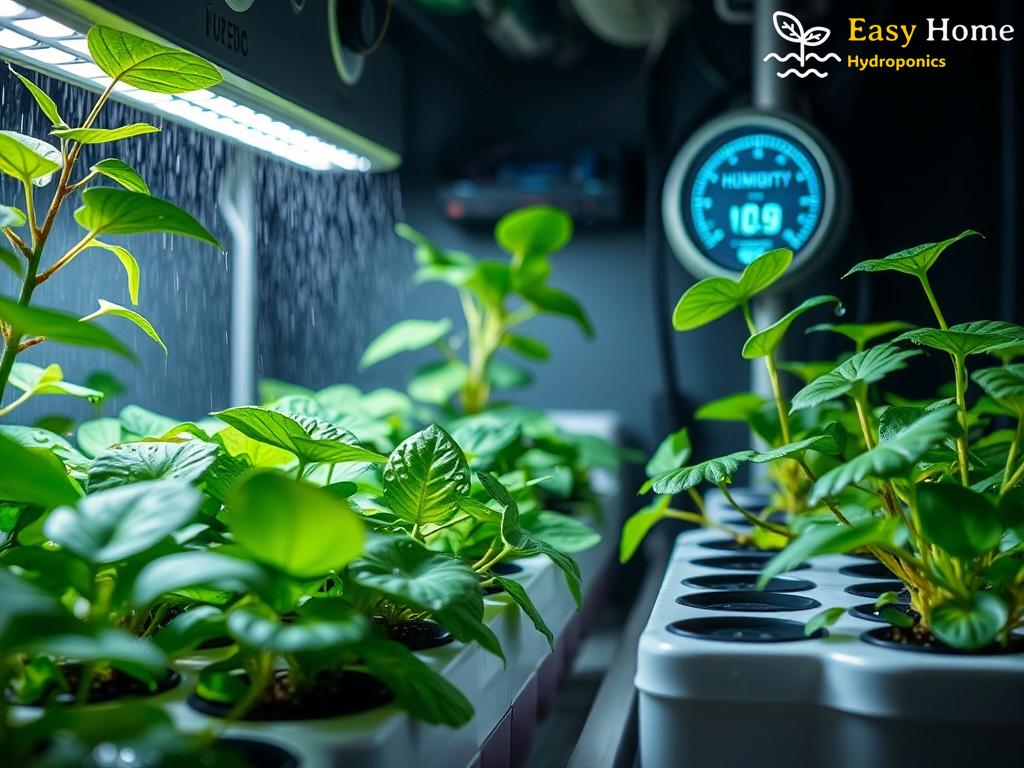The Critical Role of pH in Hydroponics

Have you ever wondered why some hydroponic systems thrive while others struggle? One of the key factors that can make or break your indoor garden is the pH level of your nutrient solution. Understanding pH levels is essential for anyone looking to optimize their hydroponic setup. In this article, we delve into the importance of pH, how it affects plant growth, and practical tips for maintaining the ideal levels.
Decoding the pH Scale

The pH scale runs from 0 to 14, with 7 being neutral. For hydroponics, the ideal pH range is typically between 5.5 and 6.5. This range allows plants to absorb nutrients effectively. If the pH level strays too far from this range, it can lead to nutrient deficiencies, affecting plant health and yield. But why does this happen? The answer lies in nutrient availability, which is highly influenced by pH.
- Below 5.5: Nutrient lockout of essential elements like calcium and magnesium.
- Above 6.5: Iron and manganese become less available, leading to deficiencies.
Tips for Monitoring and Adjusting pH
Maintaining the right pH level in your hydroponic solution doesn’t have to be a daunting task. With the right tools and techniques, you can keep your system in check. Here are some practical tips to help you monitor and adjust pH levels effectively:
- Invest in a reliable pH meter for accurate readings.
- Regularly test your solution, ideally every few days.
- Use pH up or pH down solutions to make necessary adjustments.
- Keep a log of your pH readings to track changes over time.
By understanding and maintaining the right pH levels, you’ll set your hydroponic garden up for success, ensuring that plants receive the nutrients they need to flourish.




